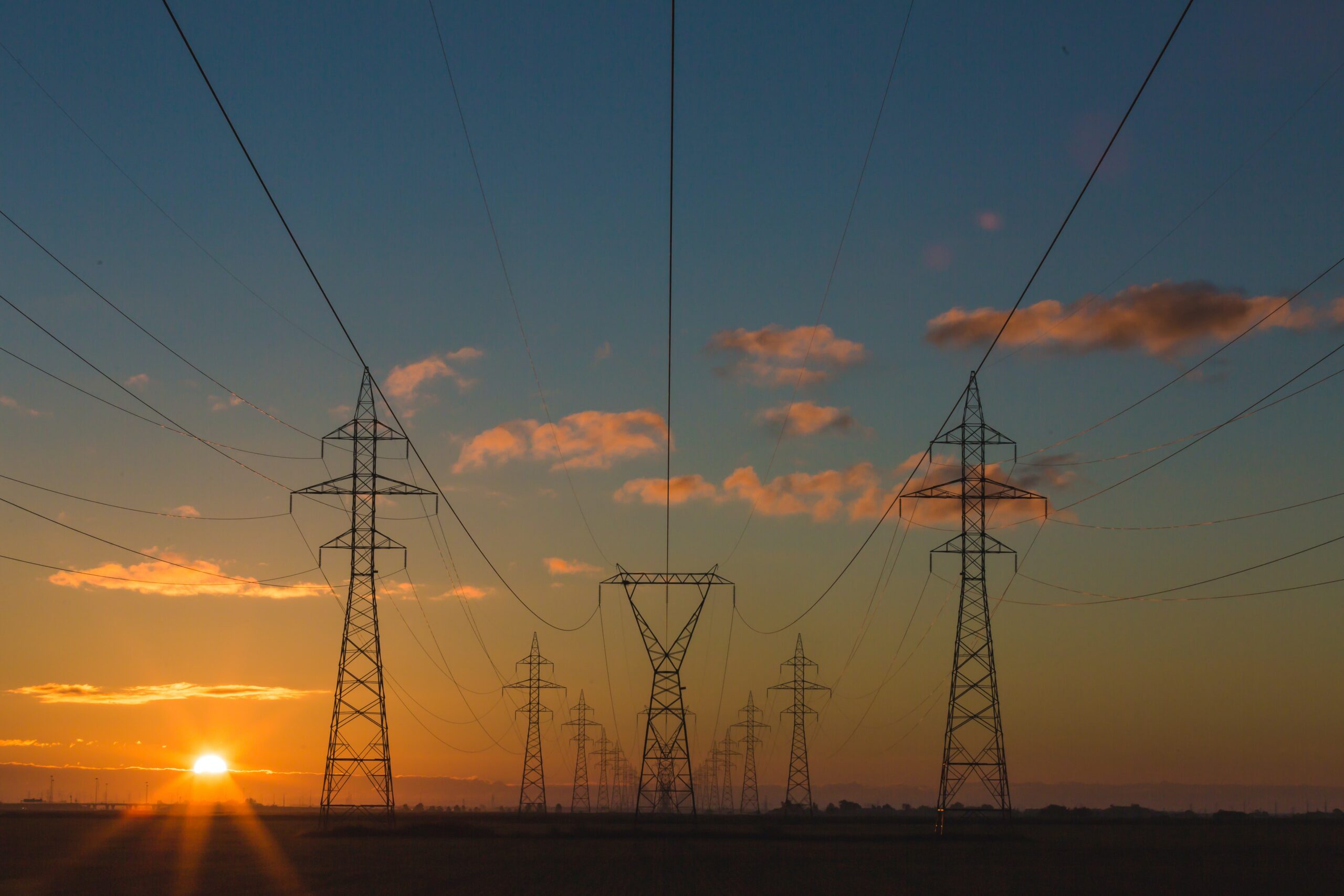How you can support communities preparing for disaster
Editor’s Note: We’re proud to partner with Mediaplanet on the recently published Disaster Preparedness campaign! In 2020, natural disaster events caused roughly 8,100 fatalities worldwide, with a global economic loss of about 268 billion U.S. dollars. And due to climate change, experts expect extreme weather events will continue to grow in frequency and intensity in […]

Editor’s Note: We’re proud to partner with Mediaplanet on the recently published Disaster Preparedness campaign! In 2020, natural disaster events caused roughly 8,100 fatalities worldwide, with a global economic loss of about 268 billion U.S. dollars. And due to climate change, experts expect extreme weather events will continue to grow in frequency and intensity in years to come. Natural disasters are unavoidable, so it is crucial for everyone to be properly prepared for the worst-case scenario. That is why we’re lending our expertise to this campaign, which provides individuals and homeowners with resources and guidance to best keep themselves, their families, and their communities safe.
The campaign was distributed through USA Today and is published online.
When it comes to disasters, strategic, long-range planning and preparation cut down on waste and duplication of efforts. Individuals and communities that plan ahead are better able to recover from disaster events than those who are not prepared.
However, disaster preparedness takes time, resources, and commitment from within communities as well as human, financial, and technical resources from external sources. Fortunately, there are relatively simple tools for individuals and organizations to help our communities plan in advance of a disaster.
Preparing for the unexpected
Preparing for a disaster, which ranges from stocking food and water to gathering and screening volunteers ready to mobilize post-disaster, can be daunting.
For individuals, ready.gov has a wealth of tools that focus on developing plans, ensuring financial preparedness, evacuation education and meeting the needs of seniors and individuals with disabilities. For organizations, Continuity of Operations Plans (COOP) identify mission-critical functions, systems, locations, and communications channels so that disruption of services can be minimized.
For communities, disaster preparedness is an effort that must include all facets of a community. Governmental leaders and associated departments, first responders, nonprofit organizations, faith leaders, residents, and donors need to understand the risks faced by a community and then work to mitigate those risks through sound planning activities.
Reeling from multiple disasters
The COVID-19 pandemic has irrefutably changed disaster response and recovery activities, making preparedness work even more important. It has made much-needed mass care efforts even more challenging in the immediate days following a wildfire, flooding, and other disasters. This includes congregate shelter activities, food distribution, and volunteer mobilization.
We also know that significant disaster events in 2020, such as the derecho that hit Iowa and the barrage of hurricanes that made landfall in Louisiana, received little attention from the media or donors outside the impacted communities. With fewer financial resources, recovery can often take months or even years. There are still communities in Louisiana and Texas that haven’t yet fully recovered from Hurricane Harvey’s devastating impact four years ago.
Supporting disaster preparedness and community recovery
After a disaster, communities typically rely heavily on local, state, and federal government resources for immediate relief and long-term rebuilding. Philanthropy also provides critical support for these efforts, frequently providing funds for needs unmet by government funding.
Research by the Center for Disaster Philanthropy and Candid shows that private philanthropy, such as family, institutional, and community foundations, provides between $200-$350 million in direct financial support for disaster relief annually. This figure increased dramatically in 2020, owing to the COVID-19 pandemic and the extraordinary global philanthropic response. Further research demonstrates that 30 percent of American households donate an average of $80 to disasters, accounting for billions of dollars of disaster-related giving annually.
How can you help our communities prepare for and recover from disasters? There are several types of programs and organizations that can use support. Consider, for instance, agencies that work with special needs populations, so that when disaster strikes, a plan will already be in place for minimizing harm and for coordinating relief and recovery efforts.
Look for programs that consider the culture-based needs of community members, such as shelters that are staffed by people who understand diverse cultures and are stocked with culturally appropriate food and medicine. Many organizations provide residents with timely and potentially life-saving information, including emergency signage in Spanish or other regionally-appropriate languages and have bilingual staff.
Together we can prepare our communities for a disaster and the long road to recovery after.
More like this

The Time to Prepare is Now

